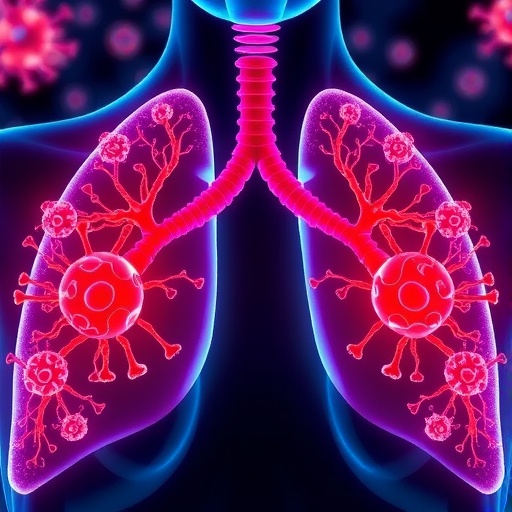
Credit: Paul Ohodnicki
When you stub your toe, a chain of nerves sends a signal from your toe to your brain–ouch!–to let you know that there might be damage.
The human body is great at monitoring its own condition. Why not apply that same system to critical infrastructure that requires nonstop monitoring?
Research led by Paul Ohodnicki, associate professor of mechanical engineering and materials science at the University of Pittsburgh, recently received $1 million in funding to utilize Pitt-developed optical fiber sensor technology as the “nerves” of critical infrastructure, such as natural gas pipelines, to mimic the principle of a nervous system.
The Ohodnicki Lab will collaborate with Pitt’s Kevin Chen, professor of electrical and computer engineering, and Jung-Kun Lee, professor of mechanical engineering and materials science, as well as researchers Kayte Denslow and Glenn Grant from the Pacific Northwest National Laboratory. The group received $1 million from Advanced Research Projects Agency-Energy (ARPA-E) REPAIR (Rapid Encapsulation of Pipelines Avoiding Intensive Replacement), a program of the U.S. Department of Energy.
“The ‘legacy’ natural gas distribution pipelines, made of cast iron, wrought iron and bare steel, account for a disproportionate number of gas leaks and pipe failures,” explained Ohodnicki. “Smart monitoring technology like we are developing will allow utility providers to monitor the integrity of these pipes in real time and, when combined with artificial intelligence and in-situ cold-spray repair technology, can allow for preventive repairs prior to catastrophic failures.”
The research will embed optical fiber sensors internal to the pipeline to create an “innervated” pipeline system that enables monitoring the integrity of the pipes through monitoring of acoustic and vibrational signatures of defects. By combining the embedded sensors with artificial intelligence and machine learning and integrating into an overarching digital twin of the pipeline system, an “intelligent” pipeline can be realized that allows for targeted in-situ repairs of defects through an emerging robotic crawler deployable technology known as cold-spray with reduced downtime and dramatically reduced repair costs.
In addition to technology development and demonstrations, the team also plans to develop an economic model for in-situ repair and sensor-embedded coating technology as well as a detailed set of modifications to the existing and standard regulatory requirements required for commercialization. These economic and regulatory issues will be addressed through consultation with an industry advisory group established to collaborate with the project team.
The project is titled “‘Innervated’ Pipelines: A New Technology Platform for In-Situ Repair and Embedded Intelligence” and kicked off on January 1st, 2021.
###
Media Contact
Maggie Pavlick
[email protected]
Original Source
https:/




